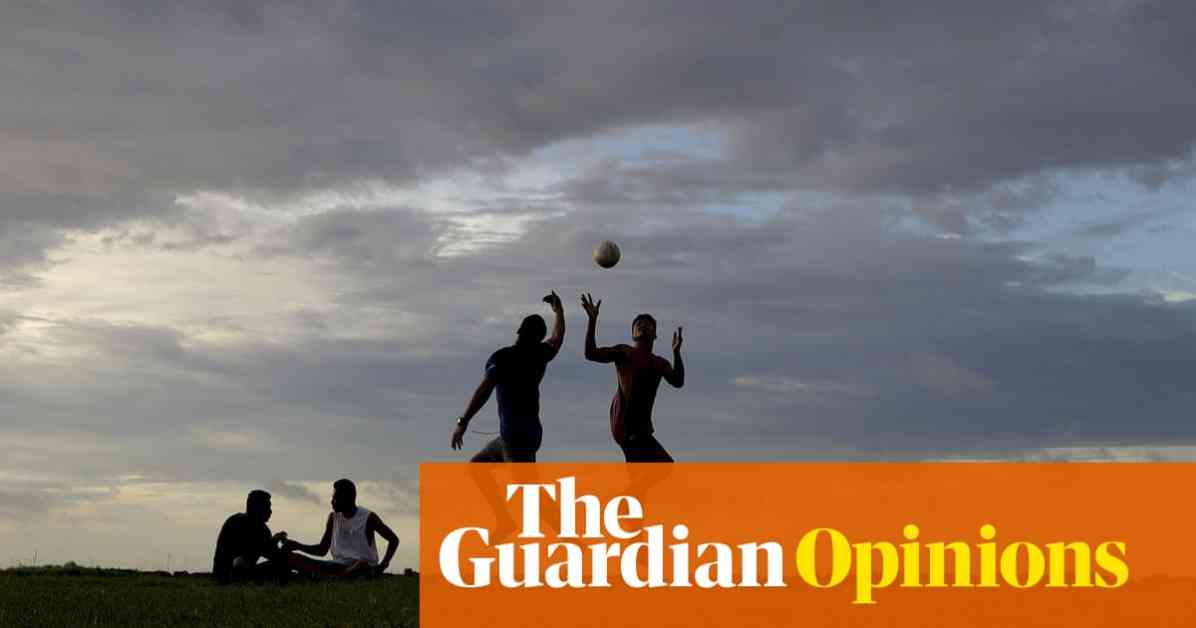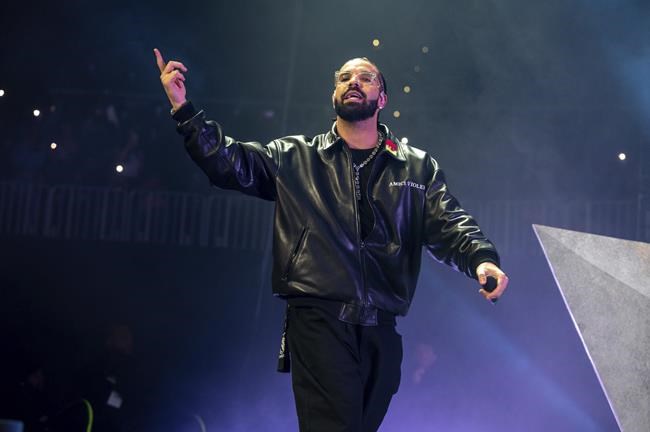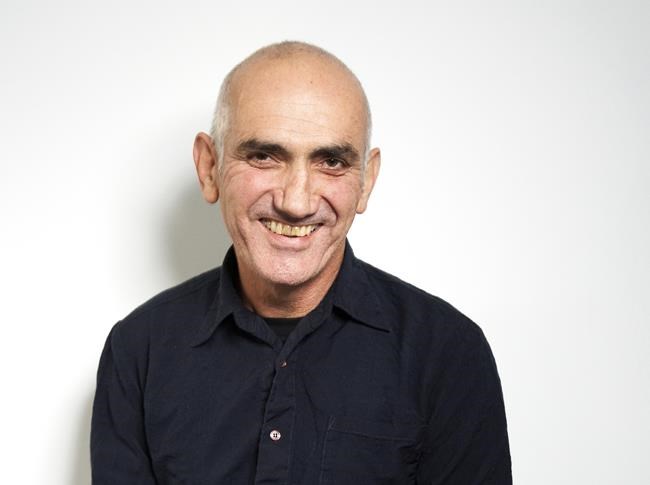Pasifika Artists Gain Recognition in Australian TV Industry – Celebrity News

- by Admin
- June 18, 2024

I grew up in a Tongan household, surrounded by my father, stepmother, paternal grandmother, and paternal aunts. In Tongan culture, there is no distinction between aunts, uncles, grandmothers, or cousins – they are all considered mothers, fathers, or siblings. Our house in Mount Druitt was a place of love, with the phrase “Fe’ofa’aki” drilled into the front door, reminding us to love one another.
As the first Tongan writer to publish a novel in Australia, I feel honored but also question why it took so long for Pasifika artists to gain recognition. The term “Pasifika” is preferred by Islanders to describe themselves, emphasizing their Pacific heritage. Despite facing negative stereotypes in Australian television shows like Summer Heights High and Jonah from Tonga, Pasifika artists are making significant contributions to Australia’s cultural landscape.
Latai Taumoepeau, a visual artist of Tongan descent, uses her work to address important issues like the climate crisis and gender politics. Another influential figure is Sāmoan artist Leo Tanoi, whose work celebrates cultural stories from various Pacific nations. Despite past misrepresentations, Australia is beginning to appreciate the richness and complexity of Pasifika art and culture.
The recent loss of Sēini Taumoepeau, a prominent figure in Australia’s Tongan community, is a reminder of the impact of Pasifika leaders. Through her work in radio and storytelling, she challenged stereotypes and promoted cultural understanding. Other artists like Sela Ahosivi-Atiola, Hau Latukefu, Vika and Linda Bull, and Anne-Marie Te Whiu are also making significant contributions to Australian literature.
Jioji Ravulo, a Fijian-Australian academic, has become the country’s first Pasifika professor, leading the way in Pasifika-Australian scholarship. The legacy of community leaders like Sēini continues to inspire Pasifika artists to share their stories and perspectives. As we navigate the path she paved for us, we remember her words: “Nothing about us without us.”
The Latest News
-
November 26, 2024Indian apparel exporters expecting more business from Australia | Trade Data News Bangladesh
-
November 26, 2024News You May Have Missed: December 2024 – Australian Golf Digest
-
November 26, 2024The numbers leading up to Australia’s Perth capitulation
-
November 26, 2024‘Enshittification’: Australian Dictionary’s Word Of The Year, What It Means
-
November 26, 2024Top 100 Spotlight: The Vintage Golf Club – Australian Golf Digest




